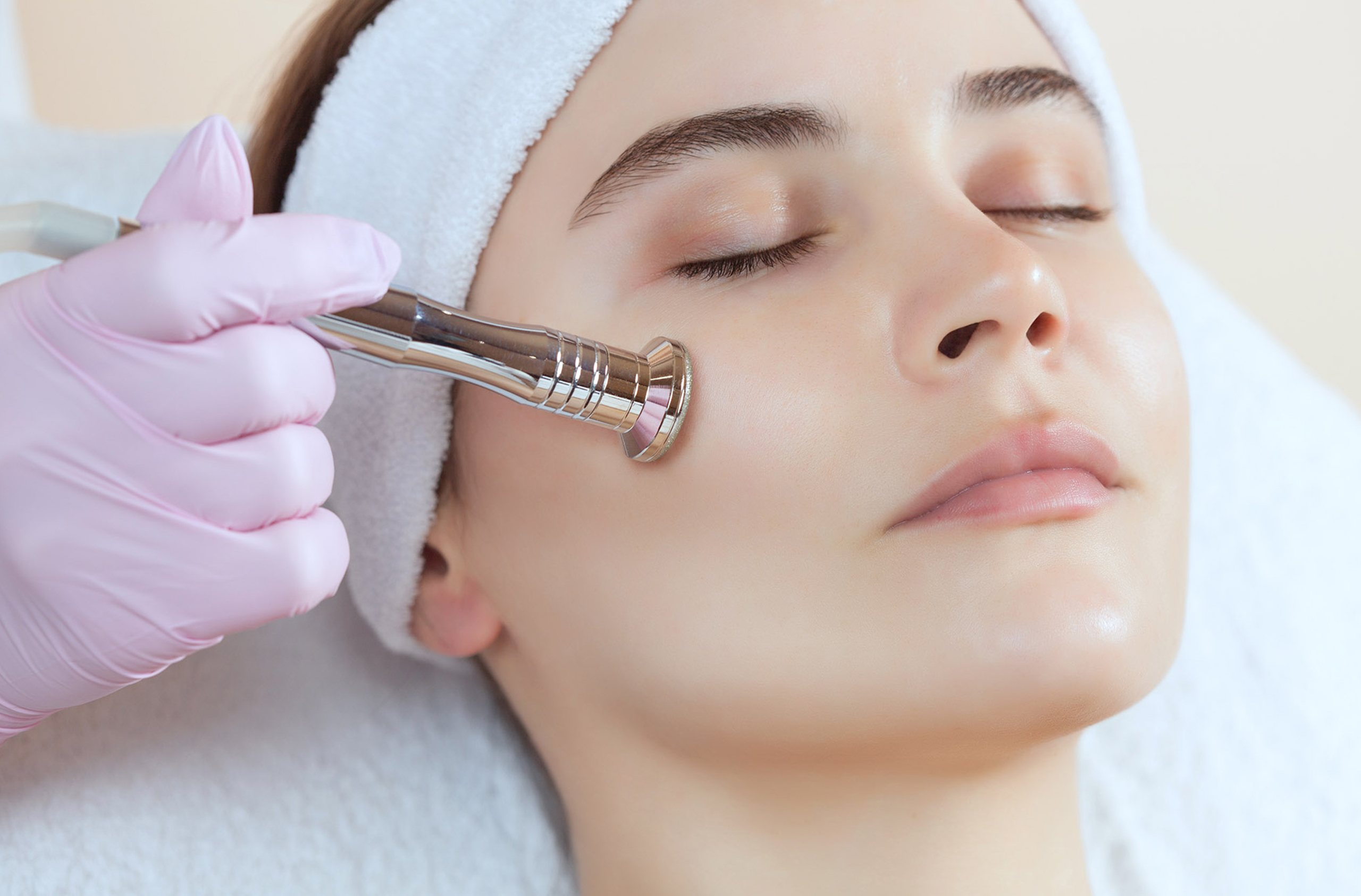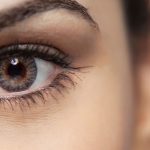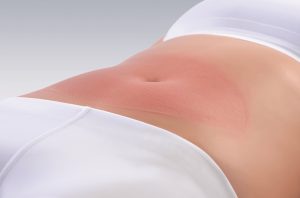
In microdermabrasion, we use a rotating mechanism to remove dead cells from the surface of the skin, usually on the face but often on the neck, chest and hands. The removal of dead cells is done mechanically and not chemically (as in peels).
What are the benefits?
Diamond dermabrasion removes the most superficial layers of the skin. The result is that the skin looks brighter, younger and smoother. Discolorations and other skin irregularities, enlarged pores, fine wrinkles are improved. It offers skin renewal in a completely natural way.
How is dermabrasion done?
The outer layer of the skin, the epidermis, is made up of many layers of cells. The most superficial (outer) ones are dead cells, while the deepest ones are cells that mature and rise to the surface. The purpose of microdermabrasion is to gently remove the superficial, dead cells and reveal the deeper layers of the skin, thus offering a refreshed, soft and clean face full of radiance.
In the past, a machine was used that ejected grains of aluminum or aluminum oxide with controlled momentum.
More recently, however, we have been applying diamond dermabrasion. We apply a suction device to the surface of the skin that has a metal head at its end that is coated with artificial diamond. When the head rotates, it gently and controlledly “scrapes” the skin. The adapted suction removes the dead cells and sebum that are detached from the skin, which remains smooth without crystal residues. There are different heads and degrees of aggressiveness, and depending on the differences of each skin, the treatment that does not cause irritation is chosen.
Is treatment with it painless? dermabrasion;
Microdermabrasion does not cause pain and does not require the application of anesthetic cream before treatment.
What other treatments is dermabrasion combined with?
Dermabrasion at our office is often combined with a special light herbal peeling to enhance the effect on discolorations and more radiance.
How many treatments are needed?
Usually 4-6 sessions every 7-14 days.
Who should not have dermabrasion?
The treatment should not be performed when there are skin infections (microbial, herpes or warts) as well as wounds in the area. Caution is required for people taking anticoagulant medications because they may bruise easily. Caution is also required for people with sensitive skin where the intensity is adjusted accordingly.
What should be done after dermabrasion:
Intensive skin hydration and application of sunscreen are usually recommended in the days following treatment.






No comment yet, add your voice below!